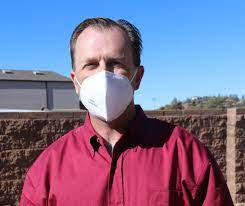Arizona isn’t the only state in the U.S. where state legislatures and governors are hostile to public health. Many states have enacted harmful new laws damaging public health authority, just like Mr. Ducey.
AZPHA PowerPoint: Laws Signed by Ducey So Far this Year Preempting Public Health Authority
In their regular 2021 legislative session, many states introduced or passed laws that restricted the ability of state and local public health officials, governors, and others to respond to the immediate threat of COVID-19, as well as future public health threats.
A second wave of similar legislation began in regular and special sessions in the fall of 2021 and has continued into the 2022 regular session. The table below details COVID-19-related laws and pending legislation, and broader enacted and proposed limitations on public health authority in all 50 states (and the District of Columbia) from January, 2021 through mid-May, 2022 for enacted laws and from September, 2021 through mid-May, 2022 for pending legislation.
This Report from the Network for Public Health Law identifies enacted laws and current state bills and identifies how they would limit public health powers (if enacted) to respond to natural disasters, disease outbreaks, and other health threats. These limitations are categorized within specific columns as follows:
1. Emergency Orders (providing authority to address a public health emergency);
2. Shifts in Authority (between levels of government and away from public health agencies and the executive branch); and measures related to public health interventions including:
3. Vaccines;
4.Testing;
5. Masks; and
6. Places (including, but not limited to business, schools, places of worship).







